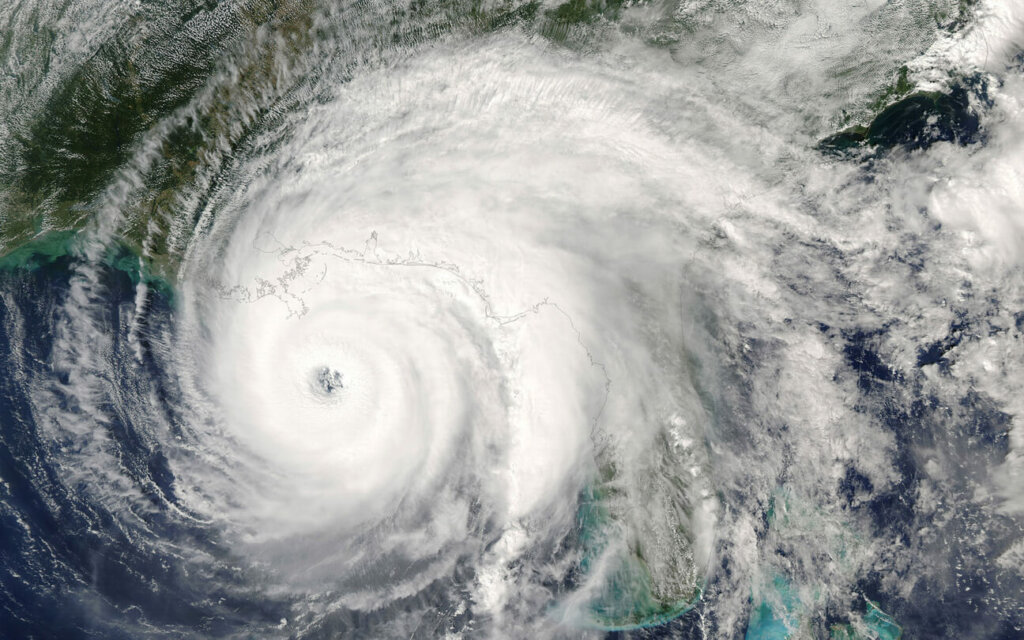 We heard the word ‘unprecedented’ countless times in 2020, and for good reason – the global shocks of last year were unrivaled in recent history. The COVID-19 pandemic forced organizations to change the way they operate, communicate, and safeguard against future disruptions or risks unfolding. The world witnessed civil unrest, wildfires, hurricanes, and more – all simultaneously. 2020 exposed the shortcoming of traditional risk and continuity approaches. The length, severity, and global nature of the pandemic combined with a number of concurrent disruptions couldn’t have been effectively planned for in advance. And, siloed approaches to resiliency along with the traditional plan and test techniques that organizations have become used to weren’t up to the task of addressing the situation. But a new path forward is emerging. So, what can we expect for operational resilience moving forward?
We heard the word ‘unprecedented’ countless times in 2020, and for good reason – the global shocks of last year were unrivaled in recent history. The COVID-19 pandemic forced organizations to change the way they operate, communicate, and safeguard against future disruptions or risks unfolding. The world witnessed civil unrest, wildfires, hurricanes, and more – all simultaneously. 2020 exposed the shortcoming of traditional risk and continuity approaches. The length, severity, and global nature of the pandemic combined with a number of concurrent disruptions couldn’t have been effectively planned for in advance. And, siloed approaches to resiliency along with the traditional plan and test techniques that organizations have become used to weren’t up to the task of addressing the situation. But a new path forward is emerging. So, what can we expect for operational resilience moving forward?
We will see five key trends:
- Operational resilience becomes multi-disciplinary
- Data and simulations become best practice
- Operational & Financial Resilience solution providers will be increasingly integrating and collaborating
- Increased C-suite involvement in resilience
- Other critical industries will pay closer attention to resilience
Operational resilience becomes multi-disciplinary
The COVID-19 pandemic demonstrated the interdependence of multiple areas of resilience planning including different types of risk management, continuity management, incident and crisis management, and other disciplines. While navigating through multiple simultaneous global disruptions, organizations realized that their resources and processes were siloed. They learned that communication and coordination across their organization’s structure and plans is crucial to not only achieve resilience but also to demonstrate that resilience to leadership, regulators, and stakeholders. When creating an operational resilience strategy, operators must prepare for and reduce exposure using risk management techniques, create plans for when an incident occurs using BCM techniques, manage through an incident using an incident or crisis management system, and, importantly, leverage the learnings from each step of the other disciplines in order to improve your readiness. This multiple-discipline focus is crucial as we prepare for the disruptions that will come. This year, the barriers between disciplines will break down and come together under one umbrella, one school of thought – operational resilience. As a result, we can expect products and services to evolve to serve this holistic approach.
Data and simulations become best practice
In 2020, it became apparent that organizations simply cannot plan for every possible scenario. So, how can we best prepare? Those organizations that focus on data management and ensuring they have good, reliable data that is easily aggregated, analyzed, and acted upon will be able to make better and more rapid responses during any crisis or disruptive event. While tabletop exercises have a role when it comes to resilience planning, they are no longer the best approach to secure an organization’s ability to weather any storm. Instead, this year, organizations should expect to put more effort into identifying their data and data dependencies, maintaining them in software, and leaning on the technology to simulate the wide array of possible outcomes. By doing this, organizations can rely on technology during unexpected disruptions, plan accordingly and identify where plans can fail, as well as suggest corrective measures proactively.
Resilience solution providers will be increasingly integrating and collaborating
The pandemic forced greater industry collaboration, and we can expect this to continue in 2021. The industry will also consolidate respective offerings and increasingly integrate product suites for greater collaboration and greater resilience as the silos between business continuity, incident, and crisis management plan, disaster recovery, and various risk disciplines continue to break down. As operational resilience emerges as an answer to many risk challenges, providers will see the vision of a more integrated solution that spans disciplines, or else they risk being left out of the year’s biggest opportunities to serve new customers. Companies with robust solutions across key areas will be well-positioned to seize the opportunity along with best-in-class point solutions that are well integrated with others for the remaining solution areas.
Increased C-suite involvement in resilience
The past year took resilience off the back burner and put it in the spotlight. While organizations previously relied on a select group of employees to assume all responsibility for their resilience program, the C-suite is now becoming more involved. Resilience is not just an activity meant to satisfy regulatory and leadership demands – it is a strategic investment. This year, C-suite buyers will replace practitioners in an increasing number of large organizations. They will speak the language of business and operations, and not that of practitioners, and will expect solutions to be able to translate different disciplines into high level messages and visualizations.
Other critical industries will pay closer attention to resilience
Operational resilience will eventually reach all critical industries. Already, bodies such as the Bank of England, the Federal Reserve, and the European Central Bank have been campaigning for operational resilience regulation in financial services. Resilient operations are the cornerstone of a thriving economy and community, and these bodies understand the role they play in ensuring that the financial services industry guarantees this resilience. Other critical industries including energy, power, communications, and agriculture are increasingly seeing the importance of a more holistic approach to operational resilience. While regulators can take many years to do what may seem imminent to us, there is little doubt that they will make some progress in this year as well.
Moving forward
While we are all glad that the disruptions of 2020 are behind us, it does not mean that we shouldn’t be more than prepared for what’s to come this year. From political unrest, to climate change, and the continued COVID-19 crisis, our interconnected and interdependent world is more exposed than ever. As we start this year, make sure your organization learned lessons from 2020 and create robust resilience plans for the new year. After all, those who emerge from crisis stronger are those who learn from the past.





